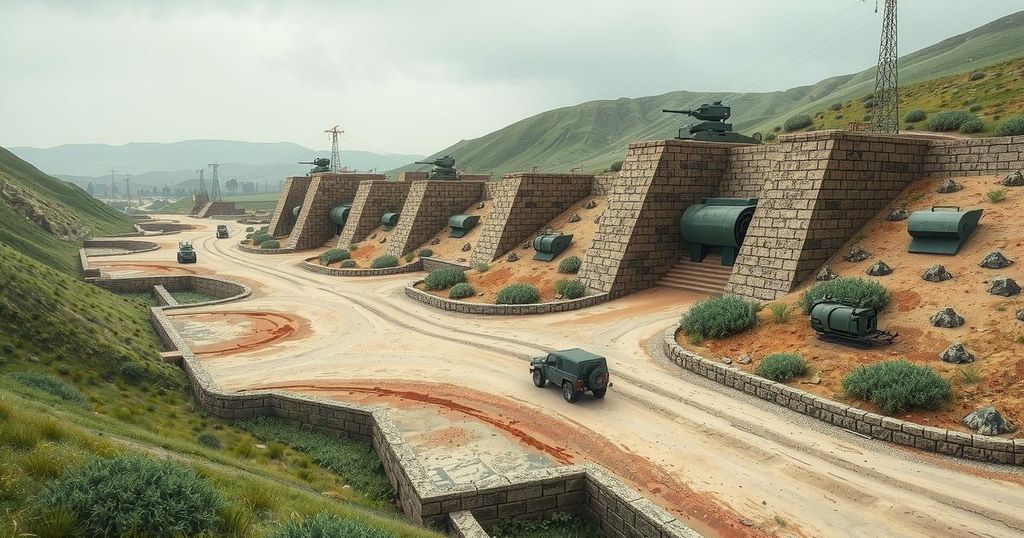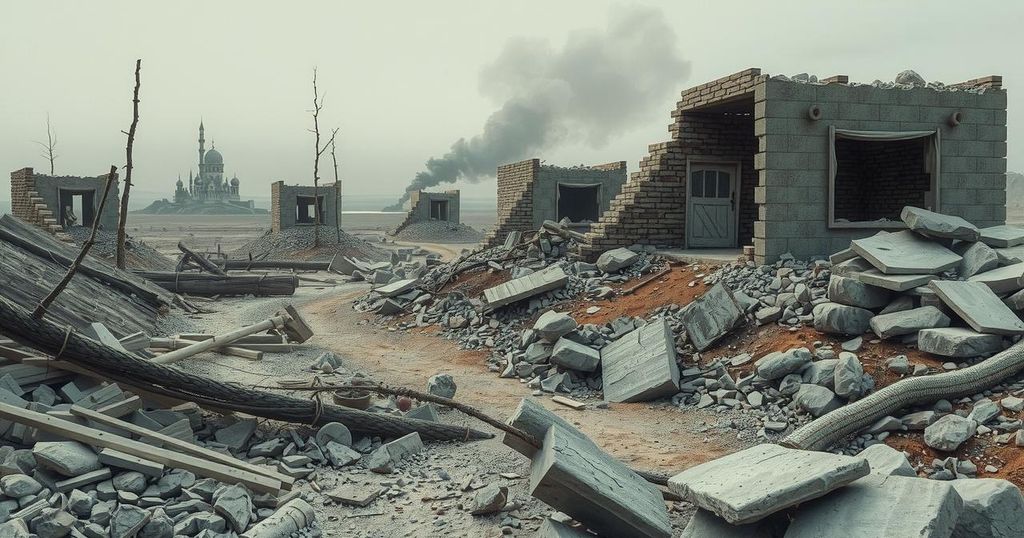Al-Shabab is regaining control in Somalia, capturing key towns and posing threats to the capital, Mogadishu. Following recent attacks, the Somali government faces challenges due to military disarray and potential reductions in international support. Analysts suggest the conflict may lead to a stalemate as Al-Shabab exploits local grievances amid the government’s political struggles.
Recent developments indicate that Somalia’s Al-Shabab militia is experiencing a resurgence, capturing key areas in strategic regions after a period of governmental military pressure. The group’s recent activities include a failed assassination attempt on President Hassan Sheikh Mohamud and the seizure of pivotal towns in Middle and Lower Shabelle, highlighting their formidable presence near the capital, Mogadishu.
On March 18, a bomb blast targeted President Mohamud’s convoy, emphasizing the ongoing threat Al-Shabab poses to the capital. On the heels of this, Somali officials confirmed that the militants had taken control of Masaajid Cali Gaduud, a key town in Middle Shabelle, shortly after the president’s visit aimed at countering their influence. Local residents reported an intense conflict between Al-Shabab and Somali forces, leading to a retreat by government and allied militia forces.
Analysts, such as Matt Bryden, depict the current situation as one where the government is losing critical strategic points, with Al-Shabab taking advantage of weakened military positions. Bryden surmised that the government seems to be in disarray and is resorting to enlisting local militias and other forces to strengthen its military response.
Despite President Mohamud’s determined statements asserting that the war against Al-Shabab will persist until victory is achieved, there are growing concerns regarding diminishing international support. The long-standing backing from the African Union, which has provided a significant number of troops since 2007, is under scrutiny as contributions from the United States may decline.
Moreover, analysts suggest that while Al-Shabab’s recent gains are notable, the group’s overarching threat to Mogadishu remains debatable. As Omar Mahmood of the International Crisis Group pointed out, the government’s focus on political issues amidst electoral uncertainties has allowed Al-Shabab to exploit local grievances. This intricate conflict, fueled by political instability, may lead to a prolonged stalemate rather than a definitive military advance by the militants.
In conclusion, the resurgence of Al-Shabab in Somalia indicates both strategic gains for the militia and challenges for the Somali government. Despite President Mohamud’s commitment to combat Al-Shabab, diminishing international support could hinder government efforts to stabilize the situation. Analysts believe that the conflict may be moving toward a stalemate, further complicated by internal political dynamics and local clan grievances.
Original Source: www.arabnews.com




